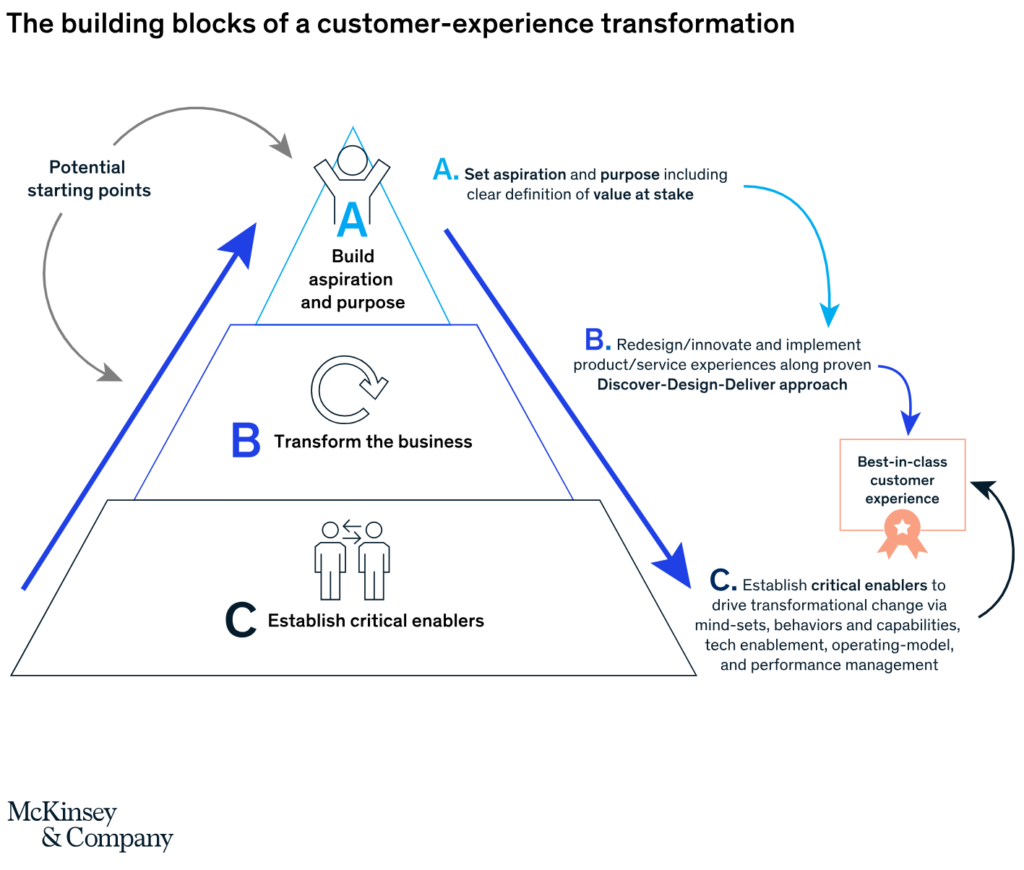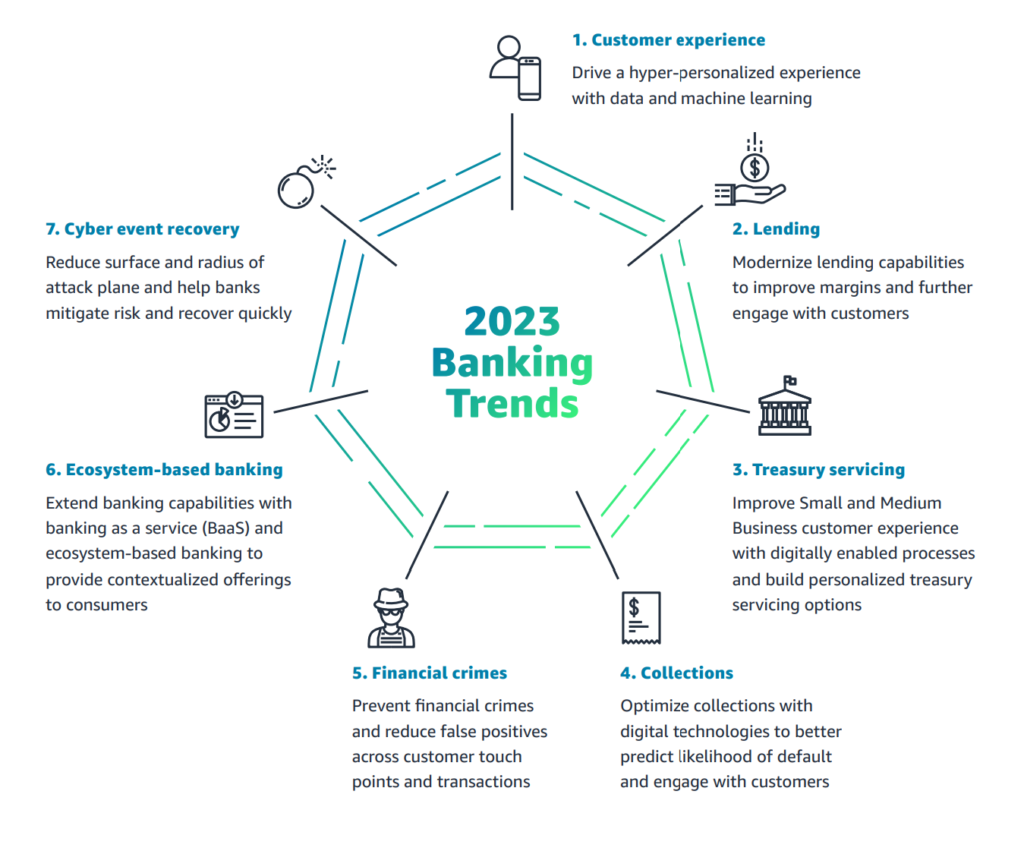While the fight for the customer plays out, the answer is hiding in plain sight
Financial Service Providers (FSPs) have some enormous challenges on their hands, all demanding customer engagement. COVID is demanding enormous amounts of community engagement to turn the corner as banks swim in a sea of sameness as they are pursued by big tech.
The costs of losing this battle are high. Banks and other financial service providers are in a share fight over a $5 trillion dollar prize, the market capitalization of the global banking sector, a value already smaller than the global fintech market valued at USD 7.3 trillion in 2020 and growing at a CAGR of 26.87%. In February 2022 Square’s acquisition of After Pay in Australia for USD29bn spurred the market on to levels displaying significant resilience to the global pandemic and war.
The top 50 Banks are spending more than $1bn each on technology to better manage cybercrime, compliance, brand, customer acquisition and retention. JPMC recently increased their IT budget to $12bn per annum. As they do they spend more than $400 on customer acquisition, mainly on digital advertising where Google and Facebook are the only real winners and price has become the only story.
Digital and traditional banks are engaged in a fierce battle for Customers. Start-up, digital-first banks and investment services, such as Monzo, N26 and Robinhood, have come to market promising superior customer experience and a rich array of services, such as budgeting apps and automated, low-cost investment tools. But traditional banks still benefit from trust, reliability, a wider range of services and are catching up on the digital tools front. Spurred on by a crowded field of agile new digital upstarts, they are investing heavily in their digital capabilities.
From this battle, global banking technology spend is approximately $330bn/year with digital spend up 50% over the last 5 years. Within this the digital banking platforms market size is expected to grow USD 8.2 billion to USD 13.9 billion by 2026. At the top, the within digital channels, places where customers are served, Moroku leads in user experience.
Customer, or User experience, is the best starting point for a digital transformation because it places the emphasis on creating a happy customer and presents opportunity for value creation, as opposed to cost minimisation; effectiveness over efficiency. The reason user experience is so important is that as the digital banking technology battle wages, millions of people around the world are becoming more financially vulnerable, as they chase bouncy balls and try and keep up with the Jones’ in their continual search for meaning and value. 53 percent of U.S. households have no emergency savings and a staggering 71 percent of American households, are considered financially unhealthy. While the banks and wealth providers tough it out on scale, efficiency and price, customers, whom they are meant to serve are feeling greater financial pressure, feeling ignored by the very institutions they would hope would provide them answers.
While approaches vary based on the maturity of the business and the customer opportunities, the most-successful companies, according to Mckinsey, address three building blocks: aligning on a strong aspiration, implementing a disciplined process for transformation, and building up the enablers to make it all work.

The world’s leading cloud provider, Amazon, concurs in their latest research that sees customer experience being the number one priority for banks

Moroku’s business model is based on these foundations.
- Align aspirations around teh customer experience to help customers thrive with their money, recognising that money is not easy to use
- Innovate products and services by placing the customer within the context of a game, with missions to take on, challenges to overcome and so on
- Enable the technology to support the aspiration and the product delivery with a game engine that provides the guard rails and implementation of the event driven game rule set